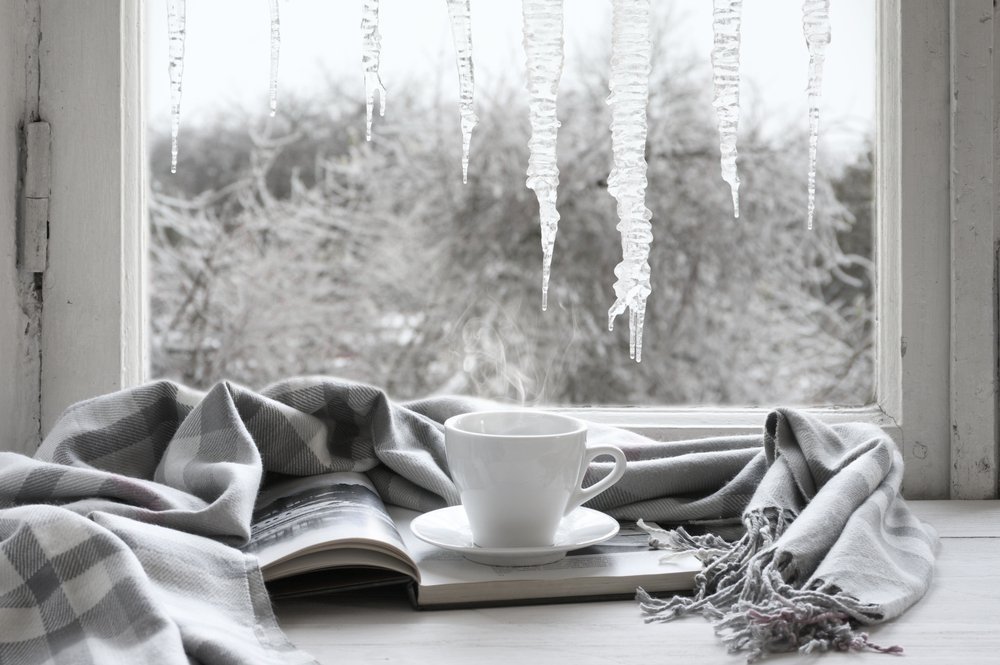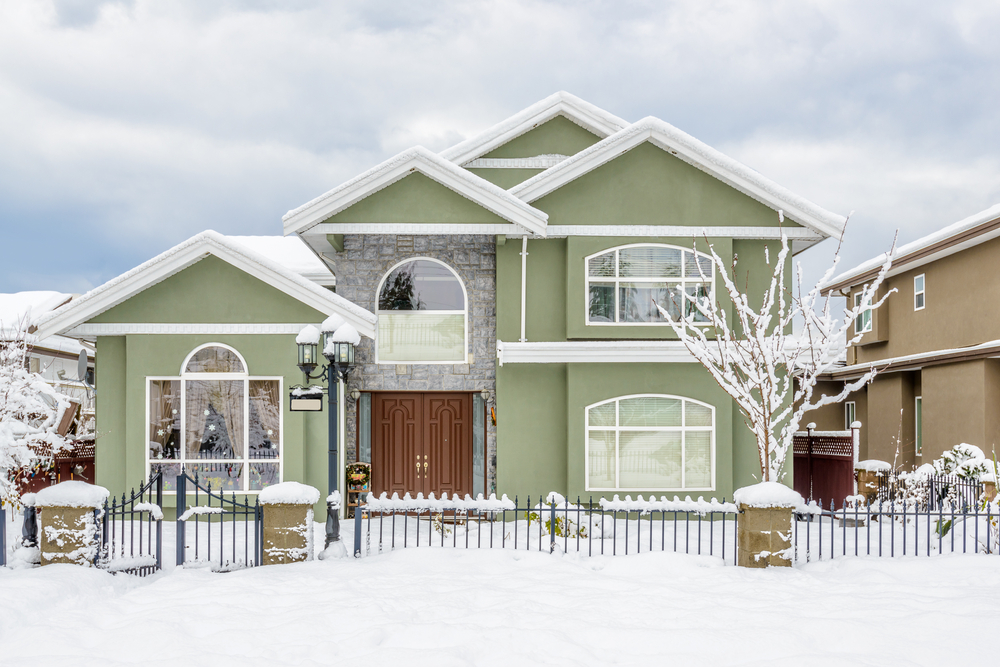
Edmonton is a city of wonderful extremes but for homeowners, the shift from unbearably hot summer days to frigid winter nights can cause concern when it comes to the condition of your house.
Preparing for winter involves more than simply kicking your home’s heating system into gear. Extremely low temperatures can wreak havoc not only on your comfort levels but your home’s structure as well. Before the freezing temperatures hit and you’re left in the cold, keep reading to find out how cold snaps can affect Edmonton homes and how to keep your space warm and cozy this winter.
How Cold Snaps Affect Your Home
Let’s start by looking at what happens to your home during a cold snap.
First of all, when the outside temperature drops, homeowners start to close up the house. The closed windows and doors, along with weatherproof products such as insulation and weather stripping, stagnates the interior and traps moisture in the home. This can lead to an increase in airborne particles such as germs, dust mites, and microbes. For this reason, it’s important to maintain good airflow in your home during colder weather.
Next, homeowners active their heating system which can dry out the interior air as well as create an expansion and contraction of interior materials. This can lead to cracks in the drywall, doors that don’t fit, heaved floors, and other issues. In addition to using fans to create airflow, you can also use humidifiers to combat dry air. Just be careful not to set them too high – this can increase the moisture in your home and cause mold and mildew issues.
Cold snaps can also affect your roof, attic, and crawlspace. In order to protect both your home’s exterior and interior, here are some steps you should take before experience a cold snap this winter.
How to Protect Your Home During a Cold Snap
Insulate the Attic
If your attic is improperly insulated, hot air will escape through the rafters. You’ll know this is happening if the snow melts faster on your roof than others in your neighbourhood.
Take a look at your attic’s insulation or have a professional come in to do an inspection. In some cases, additional material can be added on top of the existing insulation to better insulate your attic during a cold snap.
Protect Your Pipes
Keeping the temperature in your house from becoming too cold will help prevent burst pipes. Additionally, you can insulate the pipes that run through unheated areas of your home such as the basement or attic by wrapping them in insulating material.
If your pipes do freeze, turn off the water and run the taps to drain the system. Once you’ve located the blockage, warm the pipe with a hairdryer or a hot water bottle. Not addressing the issue quickly could lead to a burst pipe and water damage inside your home.
While most home insurance policies will cover water damage caused by extreme weather, some will not cover the damage caused by a burst pipe – especially if no precautions were taken to protect them. Talk to your insurance broker to see what your policy covers.
Inspect Your Heating Unit
Heating systems are not infallible and the last thing you want is for yours to stop working during an Edmonton cold snap. Before winter hits, make sure you inspect your heating unit. This can be done by a professional or you can take on the task yourself. Check your furnace filters and replace them as needed as well as clean out the heat exchanger and heating ducts.
If you have an older heating system, test the igniter switch. Pushing the reset button may address an ignitor that isn’t working or you may need to check your breaker.
Use a Programmable Thermostat
Many structural issues that can happen to your home during a cold snap are caused by an imbalance of temperature between the exterior and interior of your house.
If the inside temperature is too high compared to the outside temperature, this can lead to condensation and moisture issues. These issues can cause mold and mildew problems in your home.
To combat this imbalance, consider installing a programmable thermostat. These smart devices can help maintain a consistent and comfortable temperature in your home, without having to unnecessarily increase the heat to warm up your space.
Clear Your Gutters
No one likes to clean out their gutters but it’s an important step in ensuring that water can flow freely from your roof. Otherwise, you run the risk of ice building up and causing leaks inside your home. Built-up ice can also lead to an “ice dam” which are frozen ridges that can cause significant damage to your roof.
Keep Your Home Warm
Apart from preparing your home’s structure for an upcoming cold snap, here are some ways that you can keep yourself and your family safe and comfortable when the mercury plummets:
- Keep doors closed: Keep the heat where it’s needed by closing the doors to unused rooms
- Let the sunshine in: Take advantage of sunny days by letting the sunlight warm up your home’s interior space
- Install thermal blinds: On the days that aren’t sunny, thermal blinds can help seal in heat by covering cold windowpanes and drafts
- Cover cold floors: Use small rugs to cover cold floors and retain heat in your home
- Address your drafts: Place draught covers/excluders around your home by doorways and windows to prevent warm air from escaping
- Add warming layers: Use blankets and throws in your living areas to keep yourself and the space warm
The added bonus of taking these precautions is experiencing significant savings on your energy bill!
Cold Weather and Home Insurance
Luckily, direct damage to your property caused by winter weather is covered by a home insurance policy. However, you are expected to maintain your property to a certain exist in order to take advantage of this coverage.
If you’re not sure what your insurance policy covers when it comes to cold snaps and winter weather, please contact one of our expert insurance brokers today.
ARC Insurance is dedicated to meeting all of your unique insurance needs!



